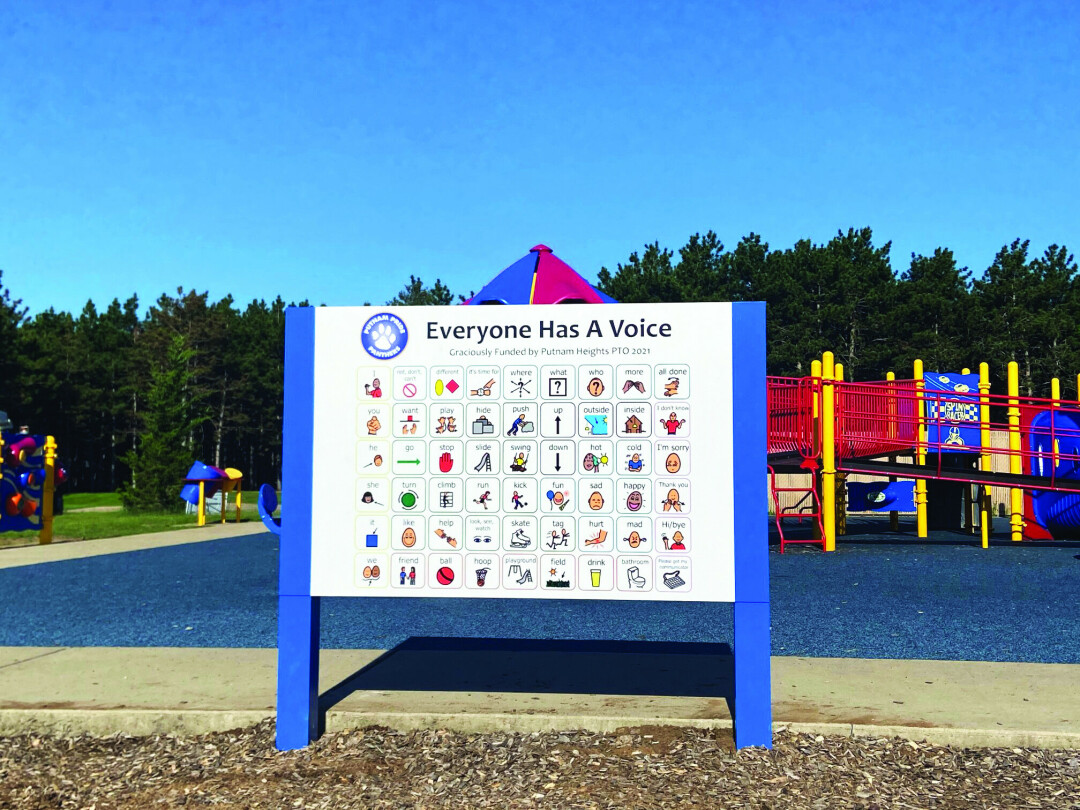Communication is Key: Playground Communication Boards Bridge Gaps For Non-Verbal Students
two Eau Claire schools install boards to ensure everyone has a voice

Speech-language pathologists at Putnam Heights and Robbins elementary schools united with the Eau Claire Area School District’s Parent Teacher Organization to give kids who use alternate or augmented communication a chance to have their voices heard through communication boards installed on the schools’ playgrounds.
Communication boards have recently sprouted up all over the world with one simple goal: to make sure everyone’s voice is heard. With pictures and symbols available to all students, these boards make it possible for those who use non-verbal forms of communication to still join in on conversations.
“Everyone has a voice,” said Putnam Heights Speech Pathologist Jamie Milanowski. “It may look different, it may sound different, but everyone has a voice and their voice should be heard and valued.”
The idea to bring communication boards to Eau Claire came from Robbins special education teacher Lisa Pomazal, and speech-language pathologist Shannon Malone. Malone presented their idea to the PTO, who fully funded the project.
“Social interactions, acceptance, and inclusion are all components of communication,” Malone said. “The communication boards help to bring all of those to our non-verbal students.”
After seeing the success of the board at Robbins, Milanowski brought the idea to Putnam Heights Principal Diana Lesneski, who immediately showed her support.
“It’s going to strengthen our community,” Lesneski said. “Because communication is such an important part of our day.”
In the future, Milanowski is hoping to make Putnam Heights communication accessible, meaning that everyone who uses any form of communication immediately feels welcomed and comfortable when they enter the building. Robbins Elementary is also going in that direction, by looking into large poster signs that will be relevant to classroom communication.
Malone and Milanowski are hopeful that after others see this positive change, other schools will follow their lead.

